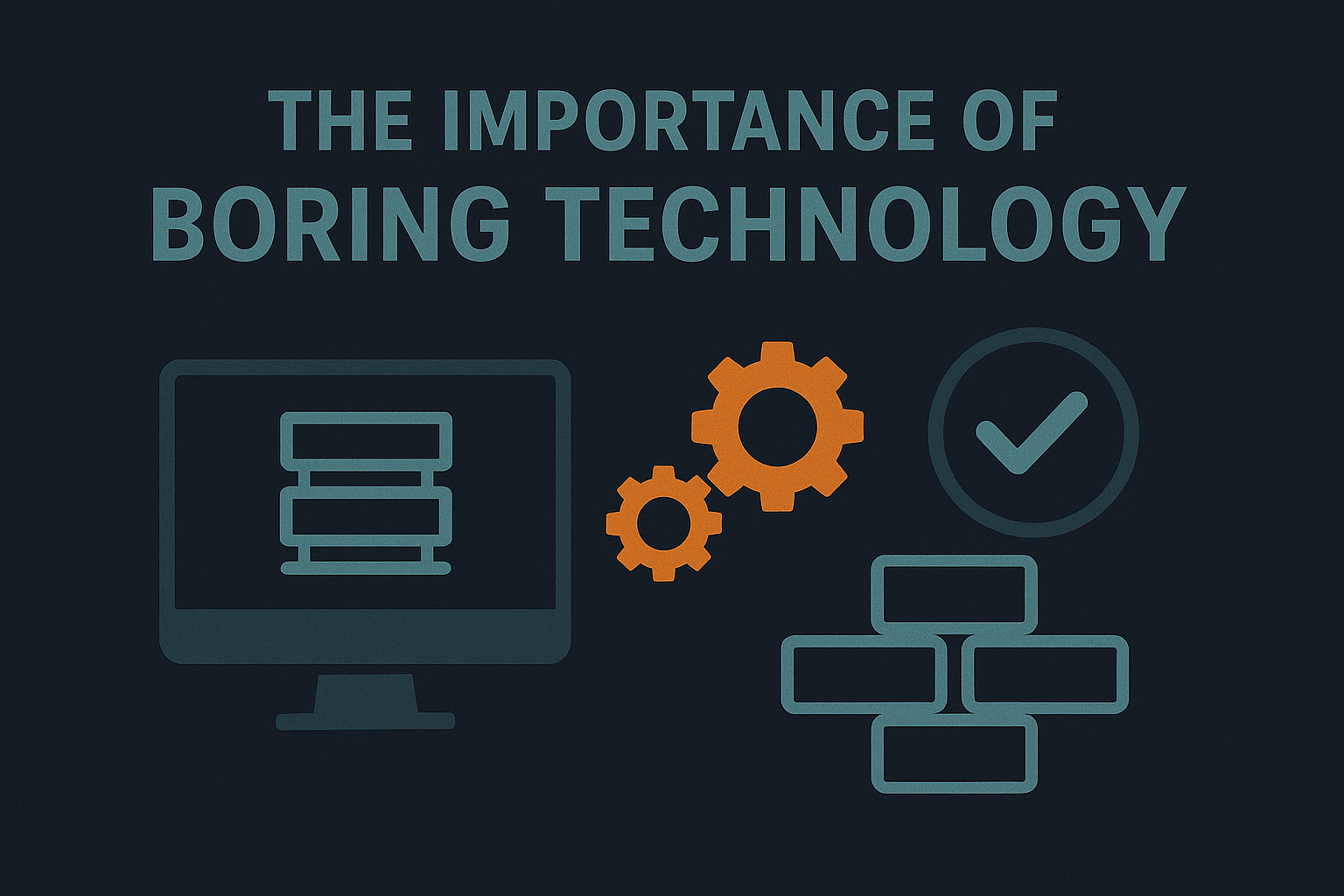In the fast-moving world of software development, it’s easy to be tempted by the newest technologies. Every day, new tools, languages, and frameworks emerge, promising increased productivity and exciting new features. However, some of the most successful companies stick with “boring” technology—proven, mature tools that may lack the excitement of something new, but offer unparalleled reliability.
As Dan McKinley points out in his presentation Choose Boring Technology, “failure modes of boring technology are well understood.” In other words, all technology will eventually fail, but older, more mature tools tend to fail in predictable ways. This predictability makes them easier to manage and debug.
Why choose boring technology?
- Stability: Mature technologies have been tested over time and in a variety of scenarios. They are less likely to have hidden issues that can surprise your team.
- Community support: Older technologies have larger, more established communities. This means more resources, better documentation, and more people who can help when things go wrong.
- Compatibility: New technology often introduces compatibility issues with existing systems. By using well-established tools, you can avoid spending valuable time fixing integration issues.
Choosing the latest and greatest technology may seem exciting, but when it comes to building long-term, scalable systems, boring technology often wins. It’s reliable, predictable, and proven. While there’s always room for innovation, make sure it’s focused on solving high-value problems rather than simply introducing new tech for the sake of it.

